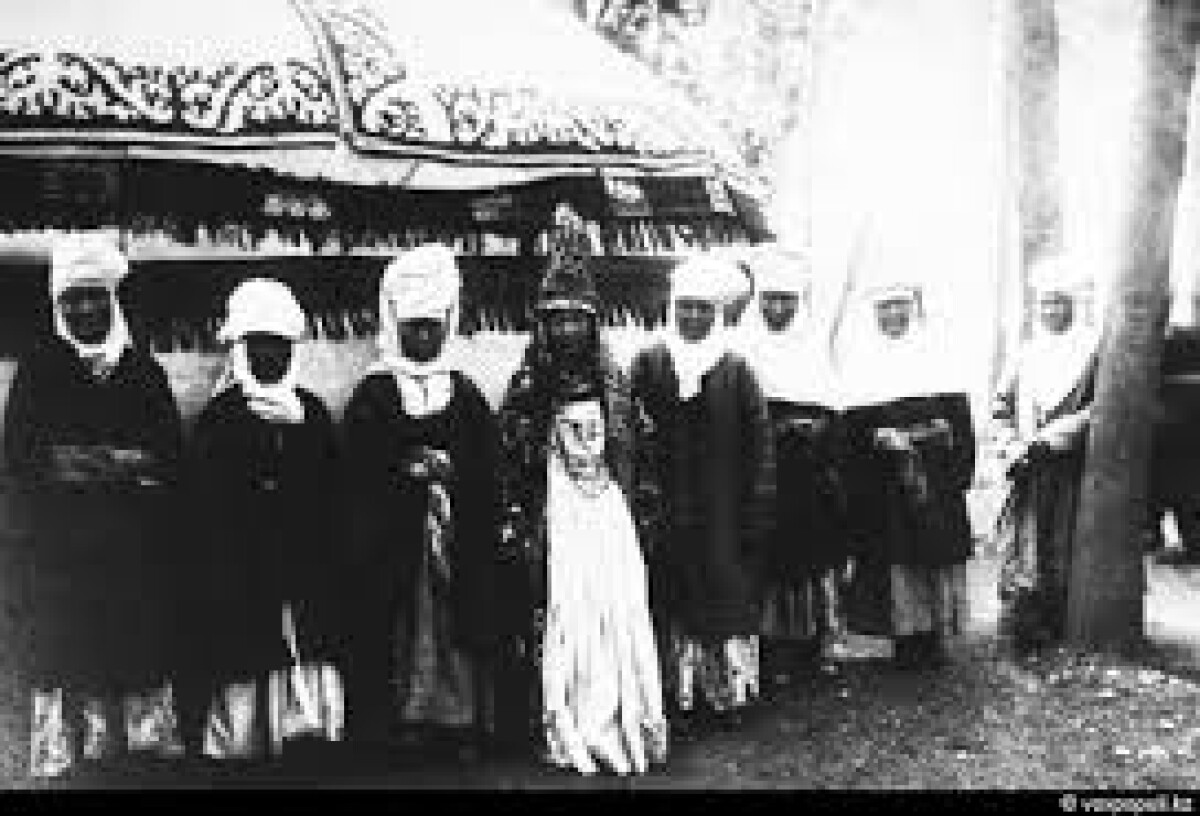
End of a gain of Kazakhstan coincided with bourgeois reforms in Russia the middle - XIX century.
The abolition of serfdom did not allow the agrarian question. Peasant unrest continued. In these circumstances, the government has adopted a series of measures to distract the peasants from the revolutionary movement. One of them - the activation of the resettlement policy. The resettlement of peasants in the eastern suburbs is not only permitted land hunger in the central provinces of Russia, but also created them in the face of government support to the new location. Therefore, the tsarist government in the mid 60-ies of the XIX century was transferred from the military Cossack colonization to mass peasant . By colonization of Siberia, northern, western and south-eastern regions of Kazakhstan tsarist government hoped to resettle peasants from the interior provinces, and through them to create a social base in the national borderlands .
The planned relocation of Russian and Ukrainian peasants in almost all areas of the territory began in the 70s. XIV (reform of 1867 - 1868. Declared the territory of Kazakhstan state-owned) and acquired a mass character in the 80s, the first peasant plots appeared in 1879 in Kokshetau county .
At the initiative of the military governor of Semirechensk Kolpakovsky, since 1868 have been developed "Provisional Regulations of the peasant resettlement in the Seven Rivers " in force prior to 1883 by the "Temporary pravipam" settlers determined a number of benefits: distribution of land of 30 acres per head (male), exemption from taxes and duties of any kind for 15 years, the issuance of a loan of up to 100 rubles.
In 1886, we developed the "Regulations on the management of Turkestan province". The document sets the size of allotment of 10 acres of the male soul, settlers were exempt from taxes and duties for five years, and during the following five years of paying them at half the rate .
Special provision "On the voluntary resettlement of rural inhabitants and burghers on public lands and on the order of reckoning persons aforesaid classes, have moved in the old days" as of July 13, 1889 to admit a relocation only with the prior approval of the Minister of Internal Affairs and State Property. But the King's desire to settle the authorities somehow became a natural process of relocation was not possible. Of self-employed farmers Kazakh lands continued. Crop failures of 1891 - 1892 years. prompted the mass of peasants from European Russia to move to the East in search of free land . During this period, the Urals moved about 30 in Semirechensk and Syrdarya region - 12 thousand peasants.
In the position specifically defined areas of resettlement in the Tomsk and Tobolshy provinces and Semirechensk, Akmola and Semipalatinsk regions . In 1891 and 1892 law has spread to Turgay and Ural region, "Provisional Regulations" in 1893 specified the specific provisions of Article 1889, for example, take into account the interests of the settlers - the old-timer ", endowed with land of 15 dec. Per capita. The resettlement of peasants in Kazakh territory was accompanied by the removal of land from the Kazakh nomads . Only in 1885 and 1893, has been withdrawn from use of the indigenous population of Akmola oblast 251779 dec. land and formed 24 resettlement area with a population of 10,940 males, and in the Semipalatinsk region during the same period were seized 33,064 dec. arable land from the Kazakh ball.
The peasant colonization covered also the Syrdarya region (mainly in Shymkent , Tashkent and Aulie -Ata counties ). At the end of the XIX century were formed about 40 new settlements , home to 2,500 families.
Kazakhstan connectivity through rail lines in Siberia and the Volga region pushed the government to speed up the migration development of Kazakhstan. To this end, an expedition led by V.A.Scherbinoy carefully examined the 12 counties of Akmola, Turgay and Semipalatinsk regions. Proceedings of the expedition were used for further expropriation of the tsarist government "surplus" of Kazakh land.
As a result of the resettlement policy of the tsarist basic fertile lands were transferred to Russian peasants, and the Kazakhs sognan "in the arid, marginal lands. Changing demographic face of Kazakhstan. According to the general census of 1897, the proportion of Kazakhs in Kazakhstan fell to 87.1 percent. From the living 4,471,800 Kazakhs made up 3399.5, Russian and Ukrainian -532 , 7, -55.4 Tatars , Uzbeks , 73, 5 thousands, of Uighurs - 56000. The immigrants were settled mainly in strategic locations and armed with firearms.
